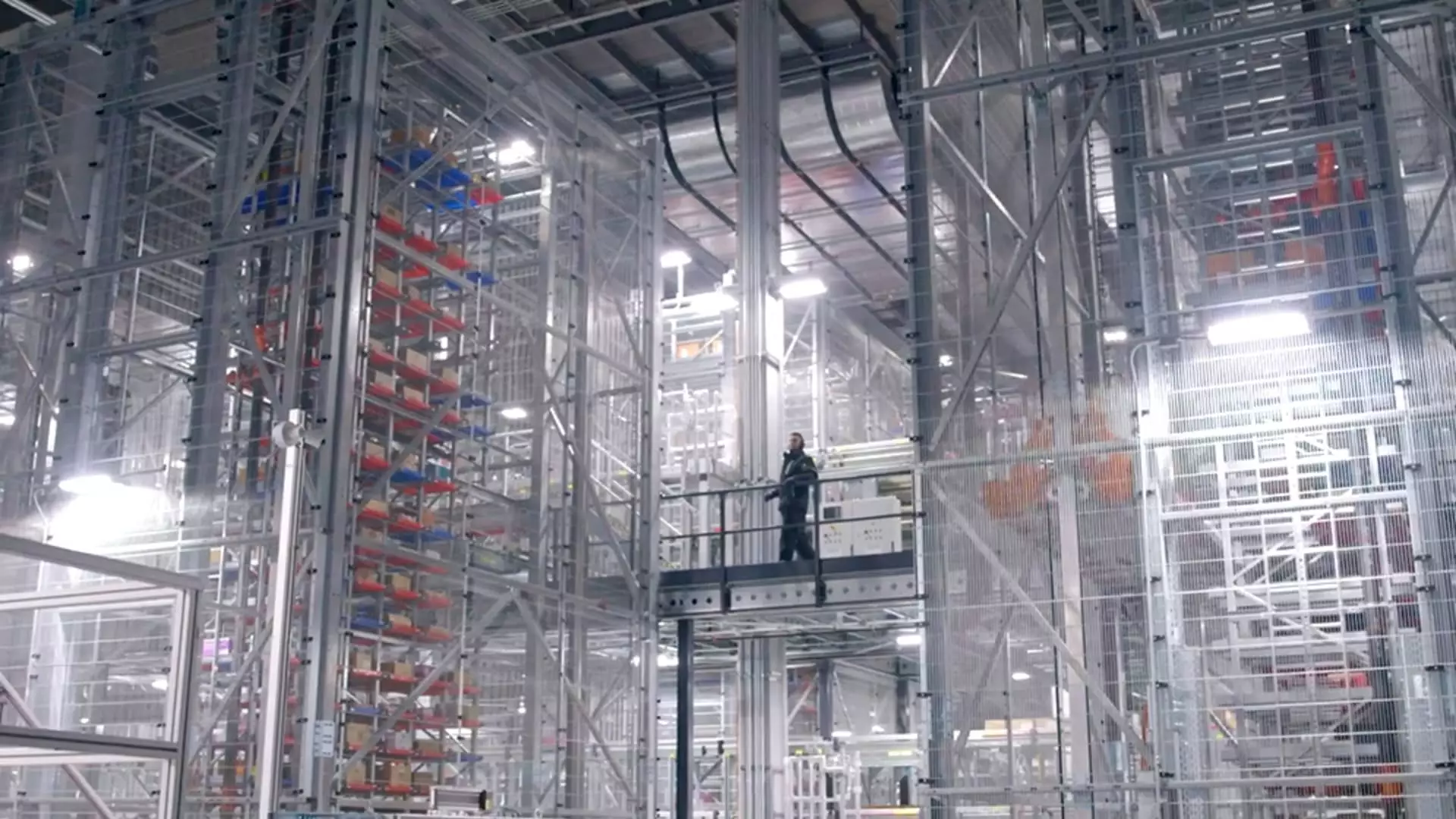In an effort to enhance efficiency and cater to the increasing demand for online grocery shopping, Walmart has announced the opening of five automated distribution centers specializing in fresh food across the United States. These new facilities, averaging 700,000 square feet, will revolutionize the way Walmart handles perishable items and aims to streamline its supply chain operations.
Walmart, being the largest grocer in the nation, is adapting to the changing landscape of consumer behavior. With more customers opting for store pickup and home delivery services, the retailer saw a significant 22% increase in e-commerce sales in its latest quarter. This shift towards online shopping has prompted Walmart to invest in automating its supply chain facilities to meet the evolving demands of its customers.
The introduction of automation in distribution centers allows Walmart to have a more precise inventory control system, enabling faster delivery of groceries to stores. The utilization of automated technologies provides real-time insights into the quantity and location of products, leading to improved operational efficiency. This advancement enables Walmart to better predict demand, reduce unnecessary safety stock, and operate more cost-effectively.
The high-tech automated distribution centers boast twice the storage capacity of traditional sites, enabling them to process more than double the volume. This increased density and efficiency contribute to higher spending at Walmart, with capital expenditures projected to be at 3% to 3.5% of net sales. The automation initiative is part of Walmart’s strategy to drive profits through technological advancements and streamlined supply chain operations.
By 2026, Walmart plans to have about two-thirds of its stores serviced by automation and aims to route approximately 55% of fulfillment center volume through automated facilities. As a result, the retailer anticipates a 20% improvement in unit cost averages. While the upfront costs of building automated distribution centers are undisclosed, Walmart has already tested and implemented the technology in locations like California and Texas. The retailer also plans to expand its traditional distribution centers for fresh food to include automation in various states across the country.
The integration of automation in Walmart’s supply chain will inevitably bring changes to the roles and responsibilities of its workforce. While the company expects to maintain or increase its overall number of employees in the coming years, the nature of the jobs will shift. With automation handling tasks like restocking shelves and assembling online orders, the roles of warehouse floor workers may evolve to supervisory positions. This transition signifies Walmart’s commitment to enhancing productivity and adapting to the changing demands of the market.
Walmart’s investment in automated distribution centers marks a significant milestone in its journey towards modernizing its supply chain and meeting the needs of its customers in the digital age. The incorporation of cutting-edge technologies will not only drive operational efficiency and cost-effectiveness but also redefine the roles of its workforce. By embracing automation, Walmart is poised to remain a leader in the retail industry and set new standards for supply chain management in the evolving landscape.

